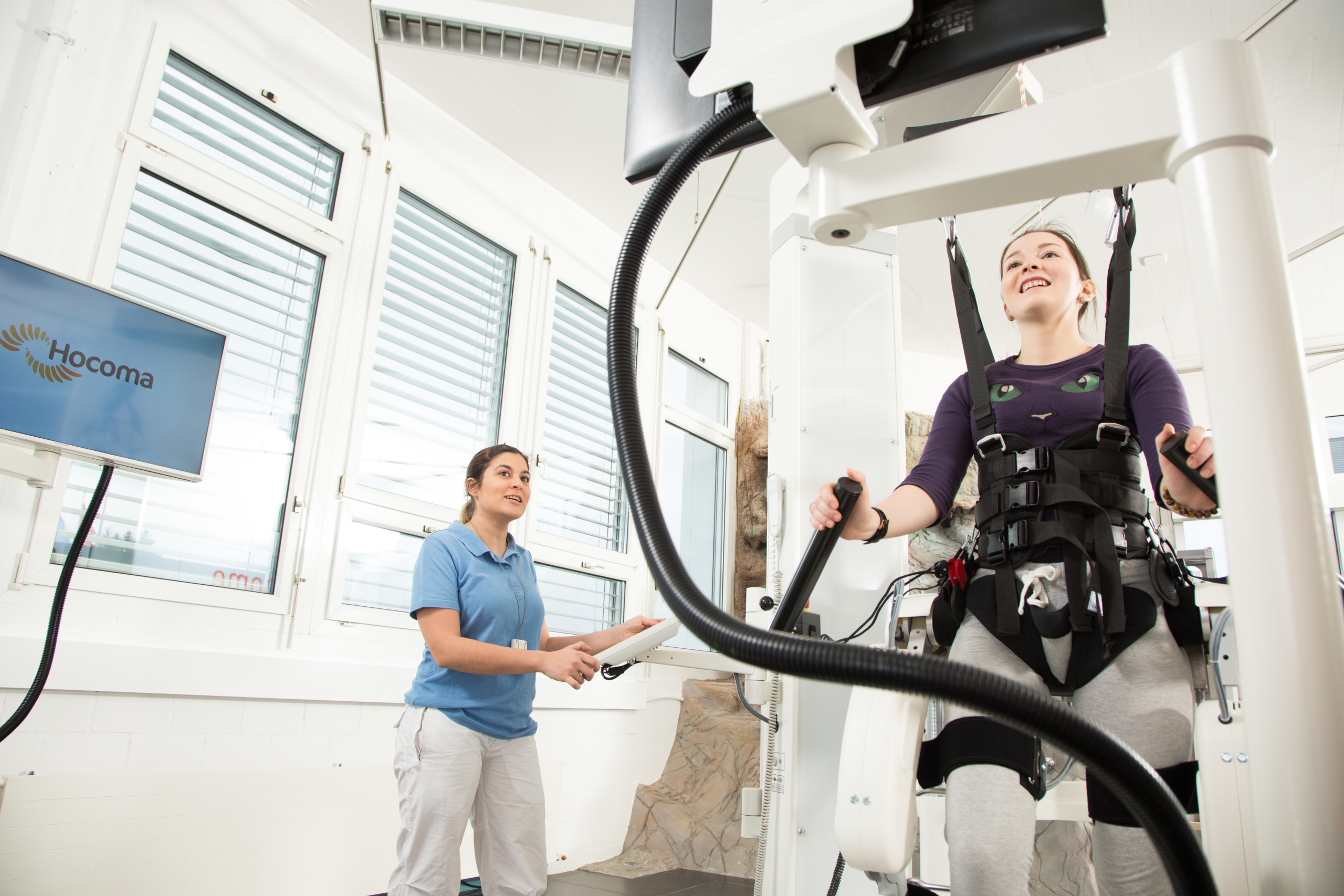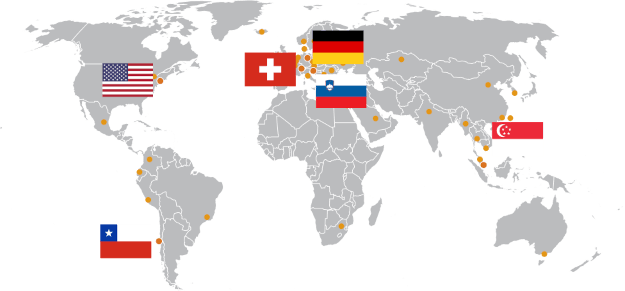February 18, 2021
The Cochrane Update confirms the Efficacy of Robotic Assisted Gait Training in Stroke Survivors

Improving walking is one of the main goals of rehabilitation after a stroke event and robotic devices allow people who can’t walk to have intensive walking practice, without the need for a lot of physical support from their therapist as they practice walking.
In the new Cochrane Review, Jan Mehrholz and his group included 62 randomized controlled trials with 2440 participants and 25 of these studies used the Lokomat as robot assisted gait device.
They found significant evidence that robotic gait training in people suffered from stroke can improve gait ability beyond what traditional therapy can do alone. Using a gait training device plus physical therapy helped more people walk independently compared to usual care. Specifically, people in the first three months after stroke and those who are not able to walk seem to benefit most from robotic gait therapy. Furthermore, the use of exoskeleton devices for gait rehabilitation of people after stroke increased the chance of walking independently.
The Authors are confident that gait-training devices plus physiotherapy help more people walk independently than physiotherapy or usual care alone and the use of robot gait-training devices is safe and acceptable to most participants included in the trials analysed by the review.
Link to original publication:



